Causing disruption requires action, otherwise the hype is as good as an empty promise. You can claim to build a rocket thruster-powered roadster that’s capable of smashing all land speed records, but if no one gets to buy it, the likes of Bugatti and Koenigsegg will continue to duke it out until another Rimac comes along to challenge the status quo.
The Porsche Taycan is, by all intents and purposes, a disruption. It’s a fully electric four-seater “sedan” that promises to break the conventions of emissions-free motoring, and does so in epic fashion by sliding its way into the Guinness Book of World Records for the longest drift ever performed with an EV. Considering all the awards it has racked up, we don’t doubt that it will blow us away, even if it presents itself in the guise of this very unassuming “baby blue.”
Say what you will of the way it looks. To me, the Taycan is incredibly ravishing from head to tail, bearing significant similarities to the Mission E prototype that debuted back in 2015. The styling is futuristic, what with the narrow intake slit, all the aero work, muscular haunches, rakish roof, frameless doors with the pop-up handles, and the exceedingly gorgeous rear end.
Good news is, prices for the Taycan have been slashed quite significantly for 2022, with the 4S now starting from RM595k, thanks to the government’s latest incentive to promote EV adoption. The kilowatt-based road tax structure has also been waived, otherwise 4S owners are required to pay RM7,504.50 per annum. The figure would have been much higher for the Turbo and Turbo S.
There’s much to like
For starters, you should specify the Comfort Access system, which unlocks the doors as you approach and automatically fires up the car without pushing the “power” button. You can immediately buckle up and drive off, and there’s absolutely no need to wait for fluids to reach optimal operating temperature. The sense of futurism is immense in the beginning, and it’s almost unthinkable that we’re actually at the cusp of the next great automotive evolution.
Anyway, the cabin of the Taycan is unlike any Porsche before it. You can have up to five individual displays – four up front and another at the back. The main one is a 16.8-inch curved instrument panel for the driver, with super fluid animations and crisp texts. The display is customisable, while lighting and suspension controls are integrated into the edges. Clever.
Sitting flush within the centre dash is a 10.9-inch high-definition touchscreen display, though it lacks the fluidity of, say, a BMW iDrive system (especially the new OS 8). It’s a skinned version of the Volkswagen Group’s MIB3 system, but one with an interface that is much more sensible and user-friendly. There’s also wireless Apple CarPlay, though this quality-of-life feature still eludes Android users.
An additional 10.9-inch passenger-side display is now standard (previously a RM6,700 option), granting a multitude of functions that are accessible via the main infotainment and instrumentation screens. This means your passenger can operate the navigation app completely independently on the move, and stuff like the speedometer, trip meter and multimedia menu can also be displayed.C
The 8.4-inch display below the main infotainment unit is standard across all Taycan models. This permanently houses the climate control system, with shortcuts providing immediate charge level readouts and access to the trunk (366 litres) and frunk (81 litres). It’s all quite well thought out, but glass is still glass, so be sure to have a microfibre cloth to periodically wipe off fingerprints.
The four-seat layout is most sensible
The four-seat configuration is standard, while the five-seater is optional. The former makes sense for most people, because the rear quarters (about the size of an E90 BMW 3 Series) can make for quite a tight fit. It isn’t nearly as spacious as the Panamera, and the small rear windows and rear windscreen also don’t help.
A lighter colour palette should do plenty to introduce some level of airiness. Options are aplenty, including one sustainably tanned OLEA leather. The standard floor mats are made from recycled fishing nets, but it’s a Porsche we’re talking about, so you can spec things however you like.
Speaking of light colours, the Frozen Blue metallic paint you see here is a little off beat, though our sample unit rides on the Taycan Turbo’s staggered 20-inch aero wheels, which is a RM14k option. Otherwise, the car comes with 19-inch alloys as standard.
Is the Taycan 4S sufficient?
Honestly, it’s more than enough. It has two electric motors that generate 390 kW of power, or 435 PS and 640 Nm of torque. An overboost function can temporarily raise power to 530 PS (not available 24/7), and the Taycan’s innovative two-speed gearbox (a world’s first; strong acceleration in first gear while second gear is more efficient) and 800-volt electrical architecture allow it to do the century sprint in four seconds flat, and in rapid succession. This is truly disruptive in the world of EVs.
It’s all about repeatable performance for the Taycan, a concept very few EV makers have actively pursued. There’s even a launch control function to make sure you consistently achieve the claimed sprint time, and the sequence is simple. Just flick into sport or sport plus mode, then press the brake and throttle pedal together, and release once prompted.
Now, Porsche makes some of the best drivers cars in the world, but it still baffles me that they can make a 2.1-tonne electric car feel so familiar at the wheel. The Taycan feels so normal to drive, connected and communicative in all manners equal to that of an ICE-powered Porsche. There’s nothing in the Porsche stable that will rocket off the line as wickedly quick as the Taycan Turbo S (this one truly churns the gut), so a 4S – or the newly announced GTS – should be the ideal middle ground for the majority.
Throttle response is pin-sharp – gentle and progressive in normal mode, yet brutally instant in sport and sport plus. Brake calibration is also utterly organic and natural (brake regen can be disabled for the most natural deceleration feel), though there is no one-pedal operation here like with most urban-centric EVs.
The standard three-chamber air suspension strikes a mighty fine balance between pliancy and rigidity, so it dances around corners just as gracefully as it soaks up road undulations. It’s a precision tool as well, making those who wield the wheel feel like they’re piloting a mid-engined Cayman, albeit a much heavier one. It’s as if the 911 had a baby with the Panamera. Brilliant.
It may have the typical skateboard-style underfloor battery, but the Taycan is far from your ordinary electric car. If anything, it sets the bar for performance EVs, and this one is set pretty damn high. What’s not high is its centre of gravity. In fact, the Taycan’s COG is lower than some of the latest 911 models, so you might need to opt for the nose lift function to help clear some speed humps.
It’s totally daily drivable, so long as you plan your journeys
At press time, the EV architecture in Malaysia is still at its infancy, but there are movements to install a network of AC and DC fast chargers around the country. The former will soon be made more accessible in urban areas (malls, office buildings, public car parks), whereas installation of DCFCs will be focused along the spine of the country to facilitate interstate travels.
Two battery sizes are available for the Taycan, but it only makes sense to opt for the bigger 93.4 kWh performance battery plus. This provides around 464 km of real-world range, while the smaller 79.2 kWh pack can only manage around 408 km. Bigger is always better after all, right?
The Taycan accepts both AC and DC charging. The former uses the more common Type 2 connection, while DC charging requires a CCS Combo 2 interface. A 22 kW onboard charger will now ship as standard (up from 11 kW previously), so it actually is in your best interest to purchase a wallbox charger to make the most out of it. You’ll need three-phase power for this, though.
At 22 kW, the 93.4 kWh battery can be completely charged up in nine hours, or twice the duration at 11 kW. When plugged into a 50 kW DC charger, it takes 93 minutes to get from 5% to an 80% state-of-charge (SoC), or around 30 minutes for 100 km of range. The Taycan can take up to 270 kW of DC charging (225 kW for the smaller battery), at which rate it takes just 22.5 minutes for an 80% SoC, or five minutes for 100 km.
Unlike a hybrid, there is no engine to charge the battery. So if it runs flat, you’ll have to call a tow truck. Plan in advance your travel routes, where to charge and how long to charge. Porsche Centres are also fitted with 175 kW fast chargers, so feel free to juice up over a cuppa.
Verdict
It’s hard to wrap around the fact that the Taycan is Porsche’s first ever mainstream EV. The car is by all accounts worthy of the Stuttgart crest – it’s impeccably built, feels properly luxurious inside, and still a hoot to drive despite the heft. If you want more headroom and boot space, the Sport Turismo (pictured above) is an irresistibly sexy alternative.
For us, the 4S is a great starting point for your pure electric journey, because it has all the power and traction you need. Short of the entry-level RWD model (which purists may take a liking for), the 4S has the longest range of any Taycan model, and the battery pack can easily outlast the duration of your ownership.
As the saying goes, all good things must come to an end. And when the time comes, the internal combustion engine will be sorely missed. But if the Taycan prefaces an electric future that many are still averse to, then we can confidently say, don’t worry.
Looking to sell your car? Sell it with Carro.

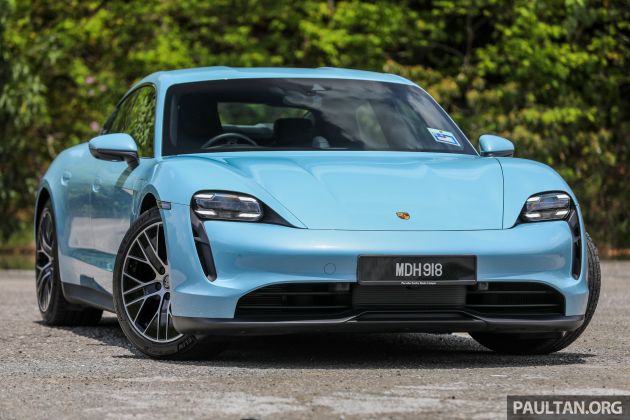
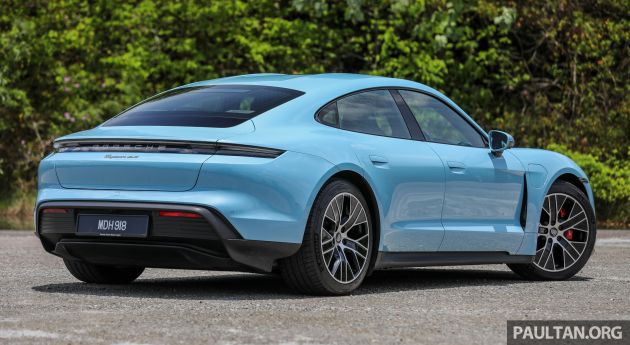


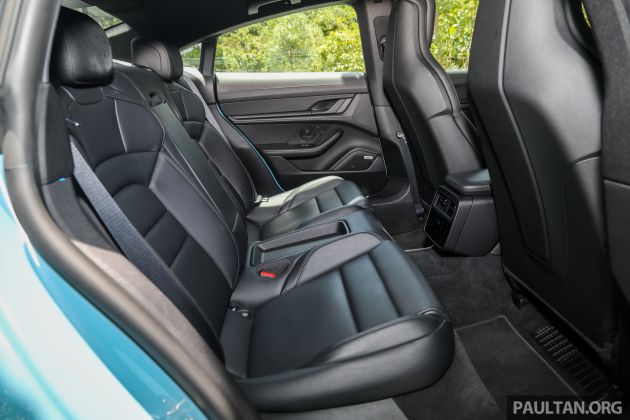
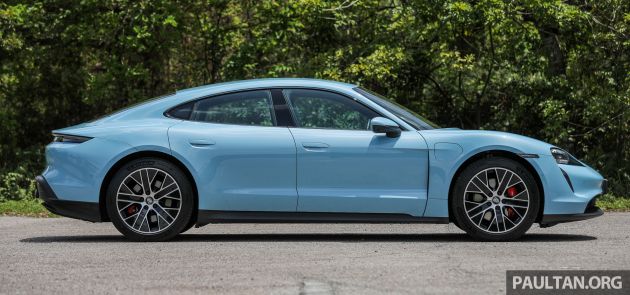


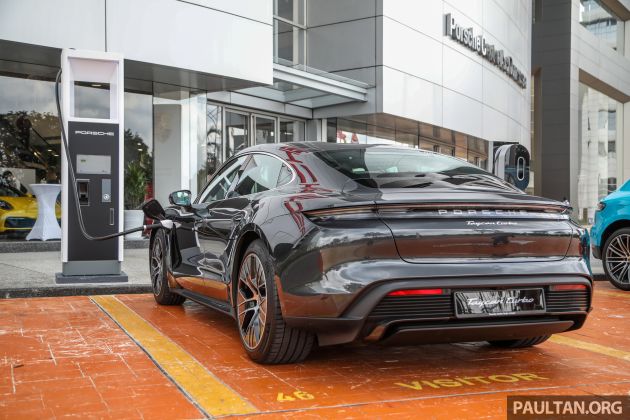



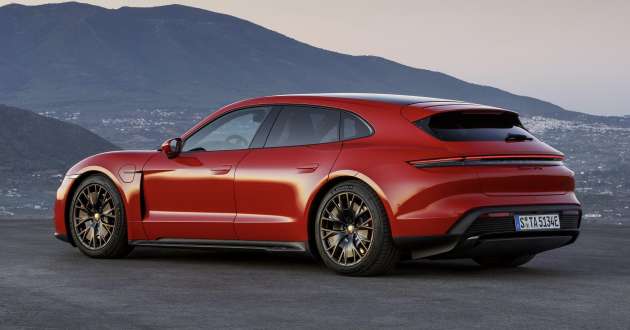
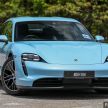
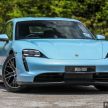

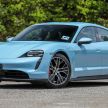
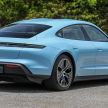
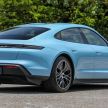
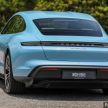
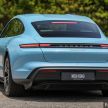

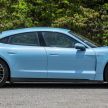
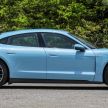
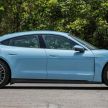
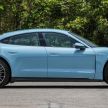

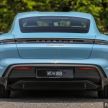
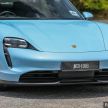
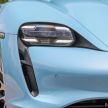
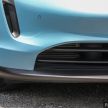
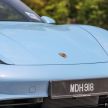

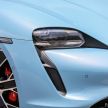
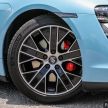
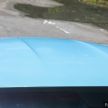
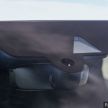

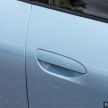



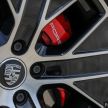
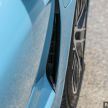
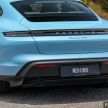
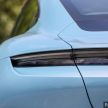
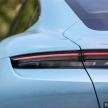
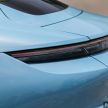
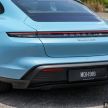
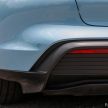
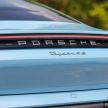
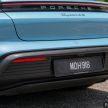
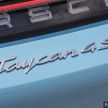
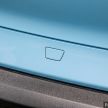
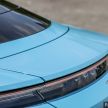
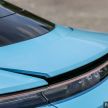
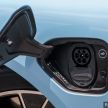
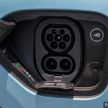
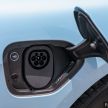
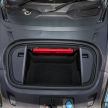

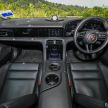
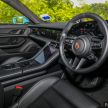
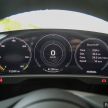
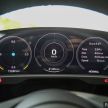
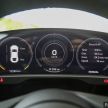
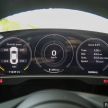
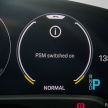
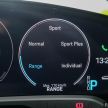
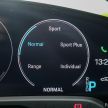
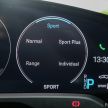
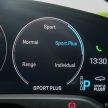

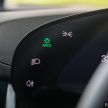

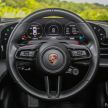

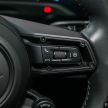
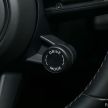
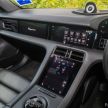

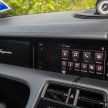
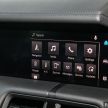
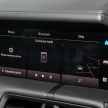

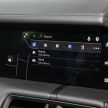
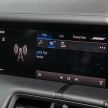
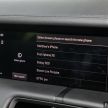
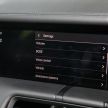
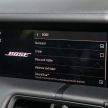
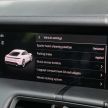
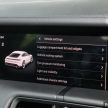
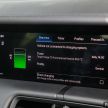

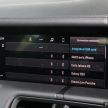
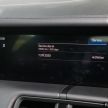
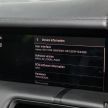

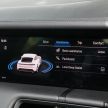
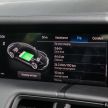
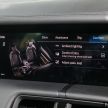

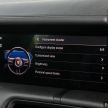
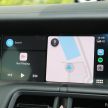

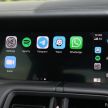
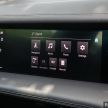
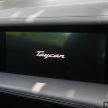
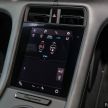
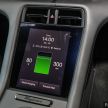
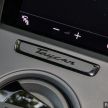
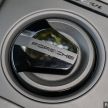
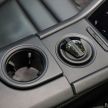
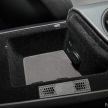
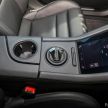
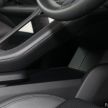
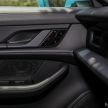

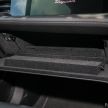
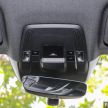
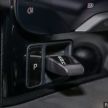

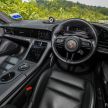
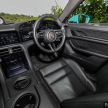
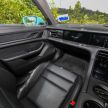
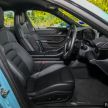
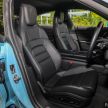
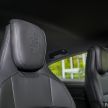
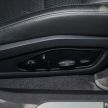
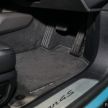
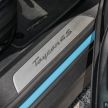
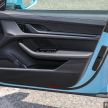
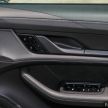
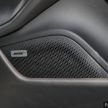
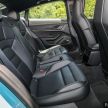
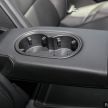
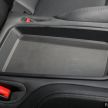
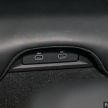
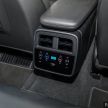
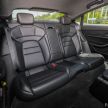


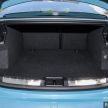
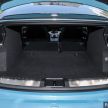
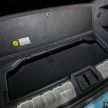
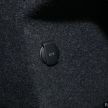
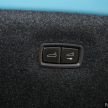



When going to CKD?
When you got EV, us tow truck drivers will be your bestest fren.
toy for the rich
why is it crying